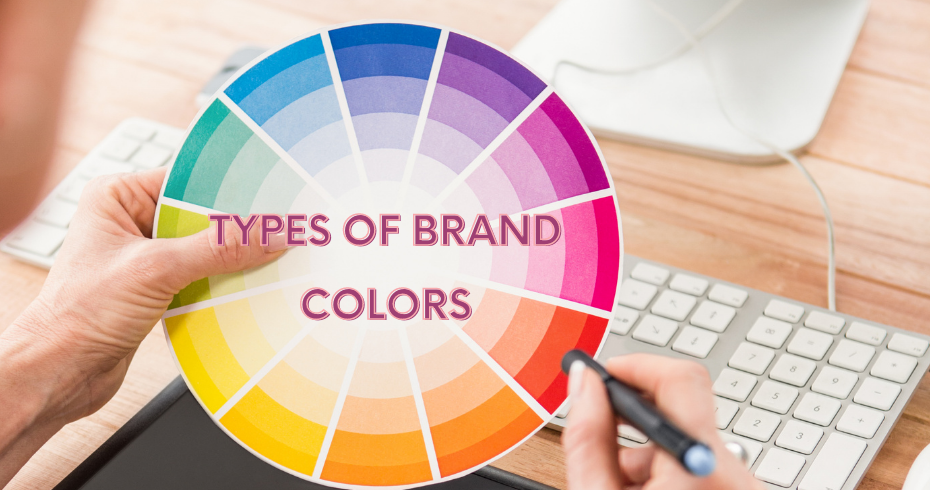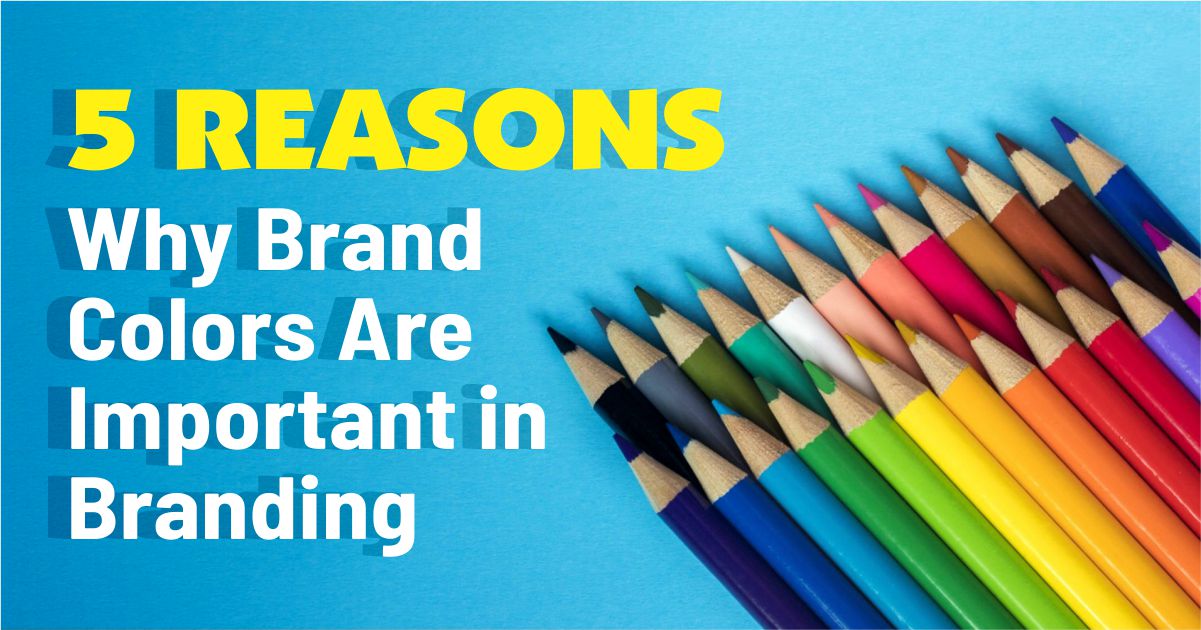A powerful visual brand identity is a force to be reckoned with. It may assist you in standing out in a crowded market, explaining who you are, and eventually enticing people to connect with you. Your brand’s colors are an essential part of its visual identity.
Individuals make purchasing decisions about products within 90 seconds of their first encounter with them, according to Research Gate. Furthermore, colors account for approximately 62-90 percent of the evaluation.
Using the right colors in your branding, whether you own a small or large company, can help you attract the attention of your target audience, regardless of your business proposal.
In this article, we’ll look at why brand colors are important in branding. But first, we’ll define brand color, different types of brand colors, and the power of colors in branding.
So let’s get started!
What Are Brand Colors?
The “brand colors” are an essential part of a company’s visual identity. Typically, 3-8 colors are chosen to create a color palette that compliments the brand’s personality and style. Hence, a Brand color palette is a collection of colors used to represent a company.
The use of brand colors in a consistent and planned way can help to boost brand recognition and awareness. A company’s logo, website color scheme, social media channels, business card design, and print and digital ads are just a few of the places where brand colors are used.
Types of Brand Colors

There are two types of Brand colors – Primary and Secondary Brand colors.
Primary Brand colors – The primary, constant colors used in all graphics, publications, signage, and other materials are primary brand colors.
What color sprang to your mind when we say Coke-Cola? Red! Isn’t it? That’s because the Coca-Cola Company’s primary brand color is red, which is used regularly and frequently in all their marketing.
Primary brand colors are essential to the business’s visual identity; they rarely change. The logo and the primary brand color are inextricably linked.
Secondary Brand colors – Secondary brand colors complement the primary brand colors. These colors are updated more frequently and reflect brand marketing trends and aims. The secondary brand colors can be utilized on your website, social media, and packaging, but they should not make up more than half of the entire design.
Power of Colors for Brands – Color Psychology
A number of elements in our environment affect our emotions and mental condition. Colors have an essential role in this. However, depending on numerous aspects such as age, gender, personal experiences, personal preferences, upbringing, cultural contexts, and neurological variances, the impact of colors on humanistic emotions may vary from person to person.
When utilized appropriately, color can provoke emotions, drive conversions, and even inspire brand loyalty, so it’s not something you should leave until the last minute. You subconsciously generate psychological associations with your audience by giving your website, logo, and business documents a brand identity color. The sole concern is whether or not you’re eliciting the appropriate feelings.
According to Forbes, color improves brand recognition by up to 80%.
Many marketers, branding professionals, and brand consulting agencies have begun to recognize the impact that colors can have on their customers’ purchasing decisions, which is why there is so much research being done on brand color psychology.
Importance of Brand Colors
Following are the five reasons to Why are colors important in branding –
Gives Appealing Visual Experience To Target Audience

Your brand identity color is your means of giving your target audience a rich visual experience while also expressing your distinct personality. The perfect color combination not only improves the aesthetics of your marketing materials, website, and other branded content but also alters how customers engage with your company.
Helps Customers Remember Your Brand

Consider the brands you encounter regularly. Let’s take the example of LinkedIn. Can you tell us what color the LinkedIn logo is? Blue. How about MasterCard? The colors are Orange and Red. And what about Netflix? Red and Black. That was a memory exercise to demonstrate how brand colors may leave an impact on your mind. To help us remember brands, businesses can link them with colors.
Helps In Differentiation

The color of a brand is the first thing that customers recall. Consumers’ perceptions of a brand might be influenced by color. This isn’t the only problem. A brand can also stand out and gain a competitive advantage in the market by utilizing the proper colors.
Whether you’re attempting to stand out in a social feed or store, color is an easy method to capture attention, and most importantly, it differentiates you from your competition.
Elicit Emotional Responses of Customers
Because of its potential to provoke emotional responses and influence people’s emotions, color is compelling. Color is a powerful tool for cultivating a specific mood or reinforcing the value of your brand.
Honda, for example, is said to have raised sales by 35% in one dealership by completing deals in a room with a relaxing blue color scheme. Similarly, a Virginia Tech study discovered that red as a background color on a webpage motivated customers to bid higher during an online auction.
Remember that the success of your brand, in the long run, is determined by the relationships you form, and an emotional bond is at the heart of every relationship. Whether you want your business to be perceived as a trusted advisor, a security guard, or a fun best friend, color may help evoke such feelings.
Helps In Customer Engagement

When you need to communicate nonverbally, pictures are beneficial. You can make things easier to grasp by including features such as color in your design. You may make it easier to engage with and synthesize content by highlighting important information in an infographic or using color in data visualization, making it easier for users to grasp and retain information.
Furthermore, research has shown that readers would spend more time looking at color photographs than black-and-white ones since color makes content more attention-grabbing. When communicating information about your brand—at any step of the buyer’s journey—using color correctly can dramatically improve your content, increasing its impact and, perhaps, convincing consumers to take the action you want.
Conclusion
Color amplifies and defines a brand, and each color elicits a different psychological response; therefore, choosing the right color for your brand is crucial. Companies invest a lot of money in creative efforts to develop the appropriate brand color that has the proper implications for their customers.
Now that you know why brand colors are important. Stay tuned for more informative blogs!
Written by – Kirti


















One Response